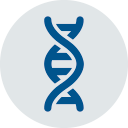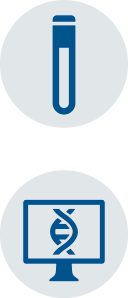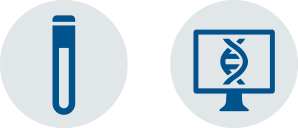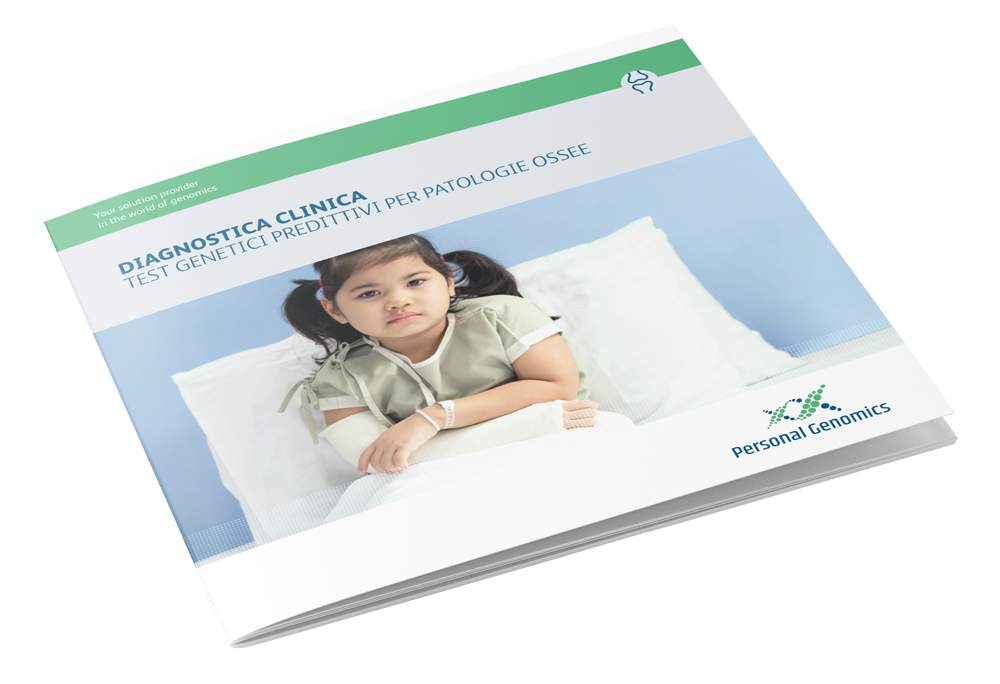PERSONAL BONE DYSPLASIAS
Genetic test for congenital bone dysplasias

What are bone dysplasias
Bone dysplasias include a series of skeletal anomalies and malformations of various origins, which can be the expression of rare genetic syndromes. Hereditary / congenital bone dysplasias include approximately 500 different clinical phenotypes, and are predominantly caused by recessive genetic defects (both copies of the disease gene must be mutated for the disease to manifest).
These pathologies present a high phenotypic heterogeneity, with onset at different ages: in some cases the clinical diagnosis can be made in the prenatal phase, other forms of bone dysplasia are evident only at birth or, in some cases, they manifest themselves in the post-natal period, in childhood and adulthood.
Furthermore, congenital bone dysplasias can present in syndromic forms, in which the involvement of other organs is evident and, sometimes, the bone involvement can have incomplete penetrance, and not manifest itself in all affected individuals, or do so with varying degrees of severity. Conversely, congenital bone dysplasias are defined as isolated when the skeleton is the primary target of the gene defect.

Why get tested?
The test represents a useful tool to corroborate the clinical diagnosis and to determine the most suitable therapeutic strategies.

What the test detects
The test analyzes the entire coding sequence and related exon / intron junctions of the 389 different genes mainly involved.


How testing works
The test consists in a blood test, in the extraction of genomic DNA and in the analysis of the full coding sequence and related exon/intron junctions of the investigated genes. The analysis is done using NGS technology. Only the variations classified as predisposing to the disease will be reported, based on scientific literature data and the classification present in the databases. The test allows the detection of small sequence variants (single nucleotide changes, insertions / deletions of a few base pairs).

Reporting time
Results in 30 working days.

Sensitivity and specificity
Sensitivity, specificity analytical accuracy > 99%.
